Fortified for Health
Students explore the process of fortification where vitamins and minerals are added to food to make it more healthful and to help people meet their recommended daily intake of different nutrients.
Students explore the process of fortification where vitamins and minerals are added to food to make it more healthful and to help people meet their recommended daily intake of different nutrients.
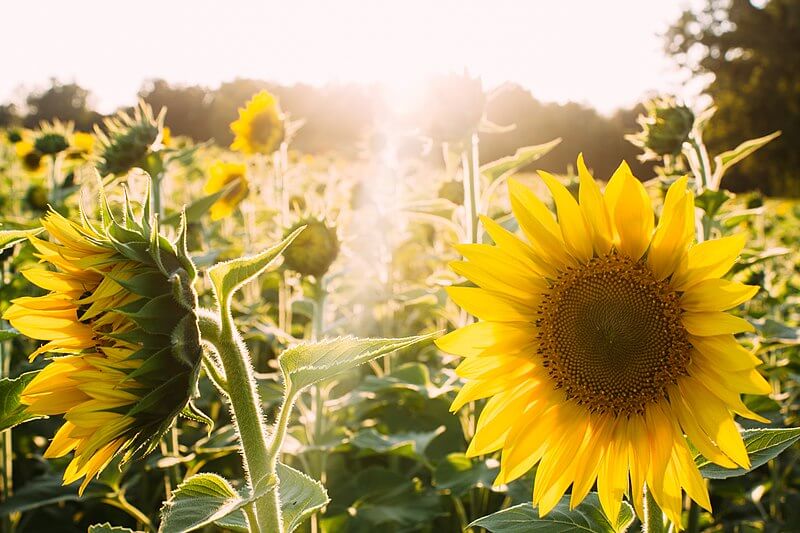
Students identify the characteristics of the four seasons of the year, investigate what causes seasons, and observe the effects changing seasons have on farms.
Students determine where fruits grow and their nutritional value by completing an activity to observe the size, shape, texture, and seeds of various fruits.
Students will learn how the events of World War I helped spark the Great Depression, the Dust Bowl, and the resulting New Deal by watching a video and participating in a round robin, responding in writing to images and sound bites from the Dust Bowl, and observing a wind erosion demonstration.
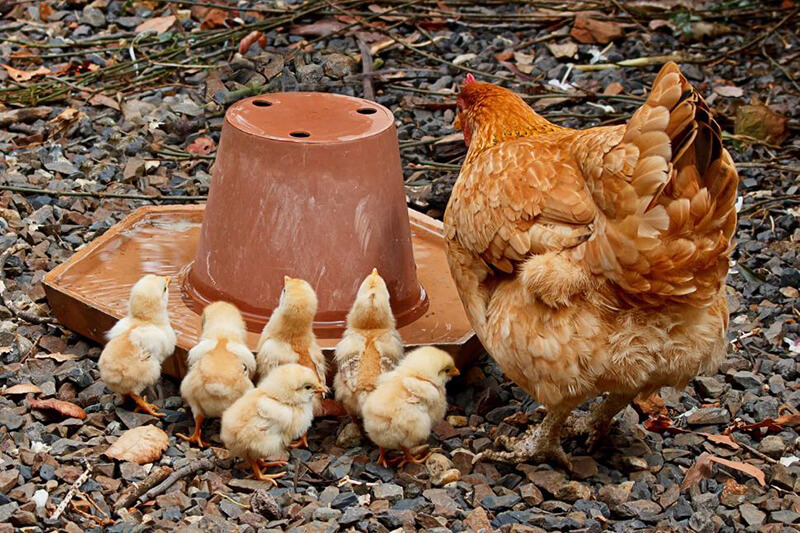
Students identify different breeds of chickens, examine physical characteristics, and determine the stages of a chicken's life cycle.

Students identify different breeds of chickens, examine physical characteristics, and determine the stages of a chicken's life cycle.
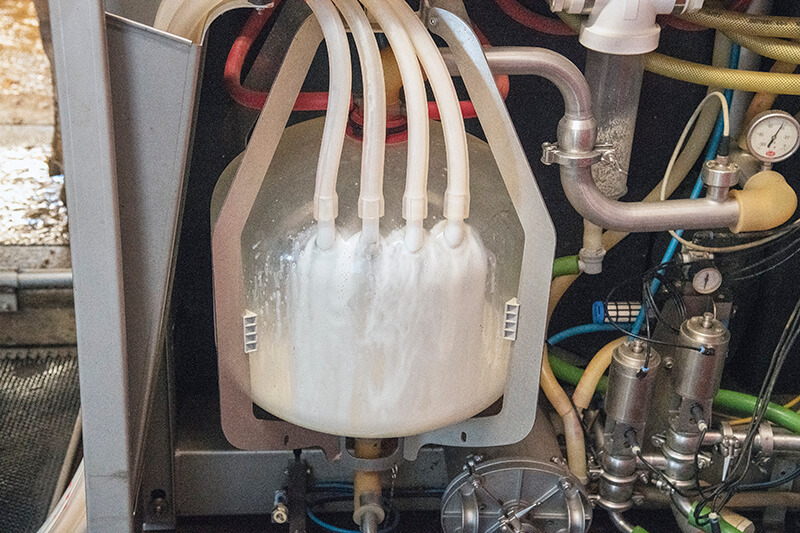
Students will explore milk production in the United States and explain the benefits of homogenization, pasteurization, and fortification of milk.
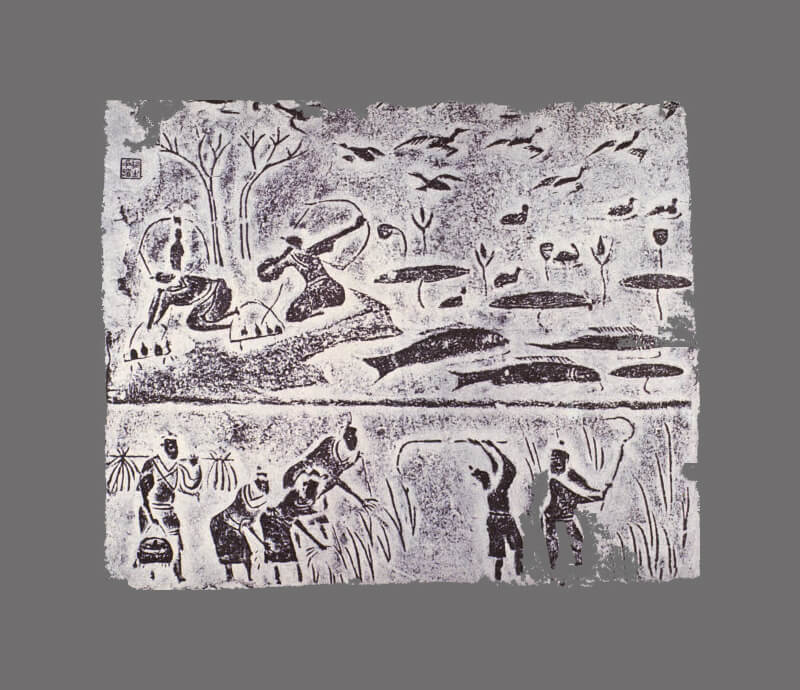
Students will participate in a foraging activity, gaining perspective on how scarcity of resources can affect well-being and how agriculture provides the benefit of a steady, reliable food supply. Then they will read about hunter-gatherers and early agriculture and use maps to explore how geography affected the development of early civilizations.
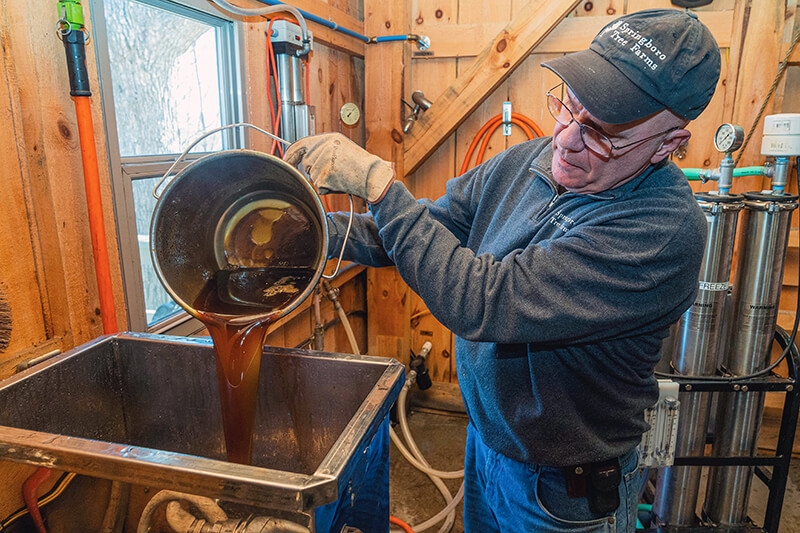
Students recognize how geography and climate allow for the growth of maple trees and the process of making syrup, identify the characteristics of maple trees that produce the best sap for making maple syrup, and name the steps in the process of creating syrup from sap.
Students investigate the collaborative work of an agricultural scientist and engineer who found new uses for soybeans and discuss careers in science and engineering, biobased products, and the use of renewable resources.
This lesson explores common biotechnology methods and their applications in agricultural sciences. Students will examine DNA analysis techniques, become familiar with the process of polymerase chain reaction (PCR), and evaluate methods of DNA analysis as they learn how the biological techniques can be used in the process of developing specific traits within a crop.
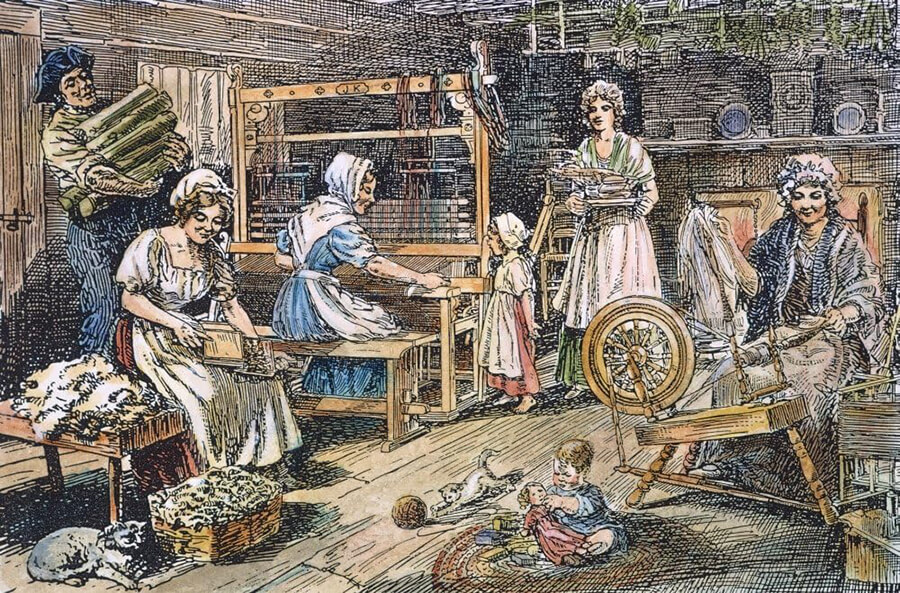
Students investigate how the need for wool impacted the American colonists by examining the Wool Act of 1699, determine the importance of wool in colonial America, and compare and contrast the differences between processing wool then and now. Students spin, weave, and dye wool to explore how wool was processed in Colonial times.